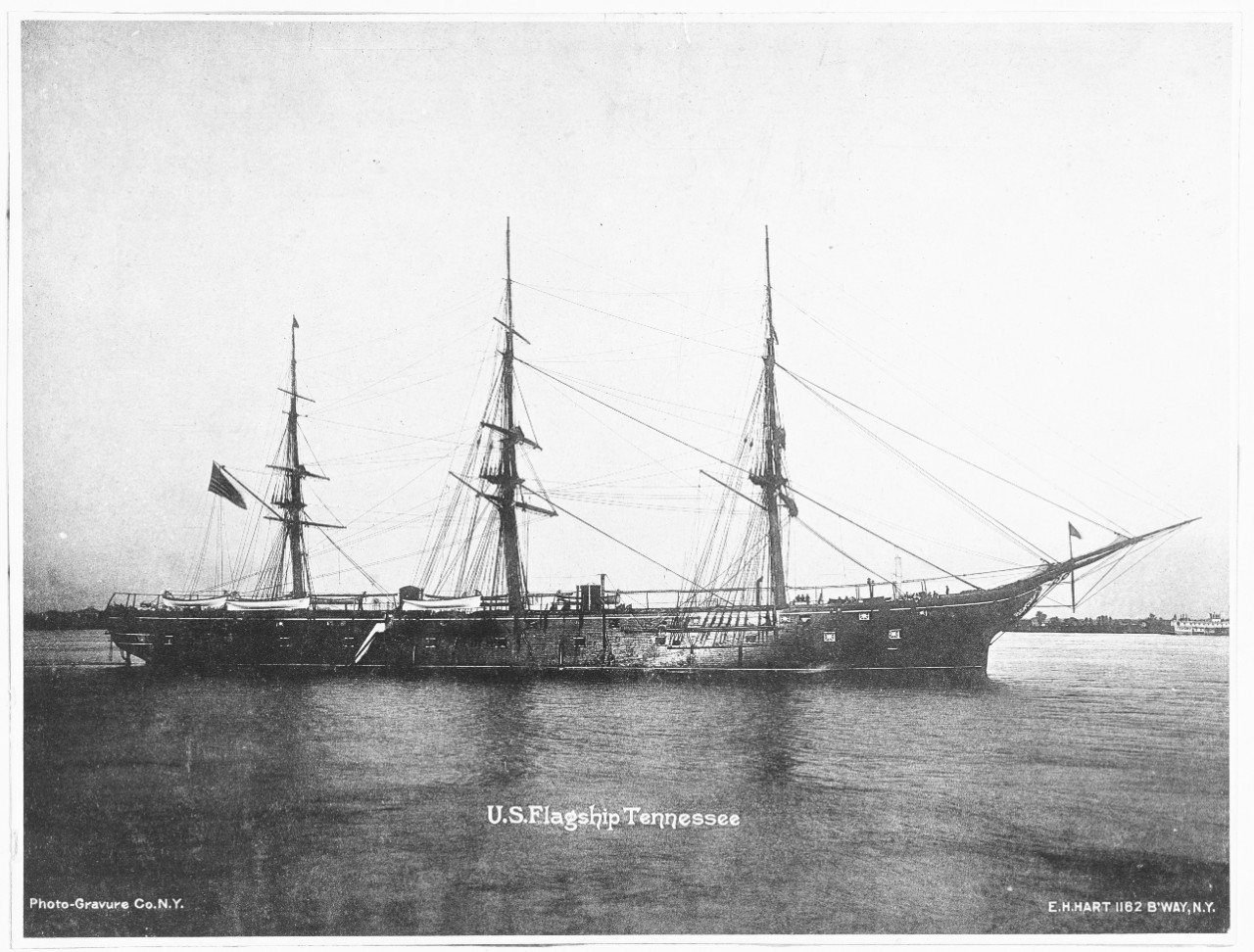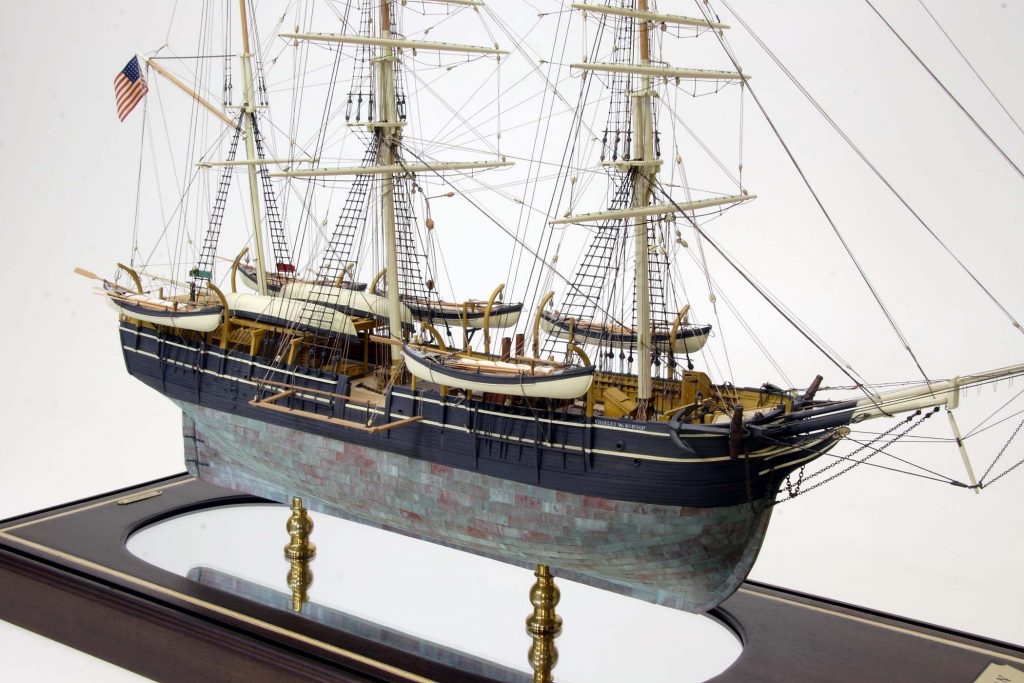-
Posts
6,691 -
Joined
-
Last visited
Content Type
Profiles
Forums
Gallery
Events
Everything posted by Keith Black
-

BrunelRussell: I'm baaaack!
Keith Black replied to brunelrussell's topic in New member Introductions
Brunel, glad to see you back. -
And each Captain wanted the ship's carpenter to make changes that made them feel more confident in their command of the ship......"that stick of wood over there needs to be over here." Though a Captain's discretion probably occurred more often when it came to the rigging.
-

Timber-framed outdoor kitchen - Cathead - 1:1 scale
Keith Black replied to Cathead's topic in Non-ship/categorised builds
Great update, Eric. I hate reading about that relentless heat, you're making my iMac nervous. -

New member looking for kit advice
Keith Black replied to JDillon's topic in New member Introductions
It's hard to get copper plating to look right. This model of the Morgan is the most realistic copper plating that I've seen. -

Timber-framed outdoor kitchen - Cathead - 1:1 scale
Keith Black replied to Cathead's topic in Non-ship/categorised builds
As far as I'm concerned, ABSOLUTELY! I go on tangents in my Tennessee build, my build log, tangents welcomed. If we don't go on tangents how are we going to get to know our fellow MSW members? -

Timber-framed outdoor kitchen - Cathead - 1:1 scale
Keith Black replied to Cathead's topic in Non-ship/categorised builds
Treenails? -

Timber-framed outdoor kitchen - Cathead - 1:1 scale
Keith Black replied to Cathead's topic in Non-ship/categorised builds
Eric, wonderful. What does the original farmstead date to? The only problem with your part of the world is ticks. When I was going to college in Arkansas I came down with Rocky Mountain Spotted Fever and almost died. Nasty bit of stuff. I look forward to watching this project develop, thank you for starting the log. -
Eric, please start a build log in the Shore Leave Forum when you and your stepdad start the kitchen. I love a good timber frame story. What are your timber dimensions? The chairs and table are very nice and the fact that the lumber was milled from the farm is fantastic.
- 113 replies
-
- Cairo
- BlueJacket Shipcrafters
-
(and 1 more)
Tagged with:
-

Small diameter gears
Keith Black replied to bridgman's topic in Metal Work, Soldering and Metal Fittings
Bob, congratulations on finding gears. -
Without an eyewitness to the event, a mystery it will always be. We merely guess at what could have been.
-
RH, welcome to MSW. As far as I know standing lines never terminated at belaying pins. Glad to have you aboard.
-
From the account is sounds like the staff and line were found on the ice? If so, it could have been a safety line run from the ship to trench latrines to hand follow during blizzard conditions?
-

Brig Le FAVORI 1806 by KORTES - 1:55
Keith Black replied to KORTES's topic in - Build logs for subjects built 1801 - 1850
Beautiful, Kortes, just beautiful.
About us
Modelshipworld - Advancing Ship Modeling through Research
SSL Secured
Your security is important for us so this Website is SSL-Secured
NRG Mailing Address
Nautical Research Guild
237 South Lincoln Street
Westmont IL, 60559-1917
Model Ship World ® and the MSW logo are Registered Trademarks, and belong to the Nautical Research Guild (United States Patent and Trademark Office: No. 6,929,264 & No. 6,929,274, registered Dec. 20, 2022)
Helpful Links
About the NRG
If you enjoy building ship models that are historically accurate as well as beautiful, then The Nautical Research Guild (NRG) is just right for you.
The Guild is a non-profit educational organization whose mission is to “Advance Ship Modeling Through Research”. We provide support to our members in their efforts to raise the quality of their model ships.
The Nautical Research Guild has published our world-renowned quarterly magazine, The Nautical Research Journal, since 1955. The pages of the Journal are full of articles by accomplished ship modelers who show you how they create those exquisite details on their models, and by maritime historians who show you the correct details to build. The Journal is available in both print and digital editions. Go to the NRG web site (www.thenrg.org) to download a complimentary digital copy of the Journal. The NRG also publishes plan sets, books and compilations of back issues of the Journal and the former Ships in Scale and Model Ship Builder magazines.





